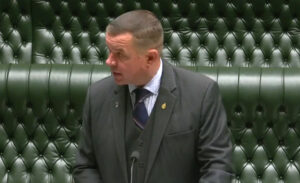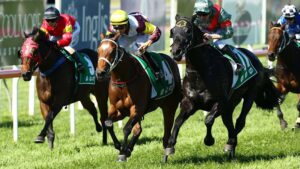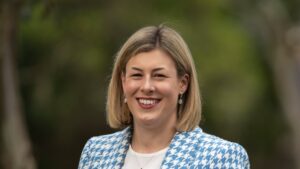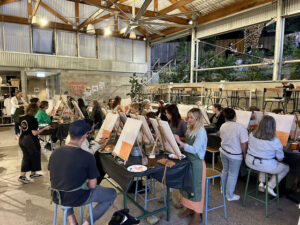
UPDATE: Melbourne is taking urgent action against rising urban temperatures with a groundbreaking investment of $1 million aimed at restoring tree coverage across the city. This initiative comes as residents endure sweltering conditions, with a staggering only 5 percent tree canopy cover in Melbourne’s west, far below the 30 percent considered necessary for a livable environment.
Residents on suburban streets have observed alarming changes: small rectangular holes are now cut into the footpaths, exposing the soil beneath decades of asphalt. These developments signal a critical shift as city planners respond to the increasing heat challenges faced by communities, especially in areas like Footscray.
The Maribyrnong City Council, led by Mayor Pradeep Tiwari, is spearheading this tree-planting initiative to cool urban areas and mitigate environmental impacts. The plan aims to increase canopy cover to 20 percent by 2040, thus improving air quality and reducing surface temperatures by up to 25 degrees Celsius.
“We are committed to enhancing our green spaces,” Mayor Tiwari stated. “These new trees will build on the current population of approximately 49,000 trees in parks and streets across the city.” The urgency of this initiative reflects broader concerns as the Victorian government also launches the More Trees for a Cooler West initiative, targeting the planting of 500,000 trees throughout the region.
Critics have voiced concerns about the future of urban living in areas like Sydney’s west, where increased housing density could lead to even more oppressive heat. Urban design expert Sarah Bekessy from RMIT highlights the necessity of integrating green spaces into dense urban environments. “We need access to nature in our everyday lives, or our health and wellbeing won’t be as good as it could be,” Bekessy emphasized, pointing out the potential for urban areas to become “enchanting, green, and biodiverse” rather than barren concrete jungles.
Under the new relaxed planning laws, the government is facilitating the construction of taller buildings, raising concerns about the potential loss of green spaces in private backyards. As these changes unfold, the emphasis on environmental planning has never been more critical.
Recent photos captured by Yahoo News show the transformation on Pentland Parade in Seddon, where 19 crepe myrtle trees were planted. This hardy species is well-suited for compact urban spaces, providing vital shade while minimizing risks associated with larger native trees.
Officials stress that selecting the right species is crucial. “Native trees are selected for areas with ample below-ground space,” Mayor Tiwari explained. “Exotic species may be chosen for urban environments due to their tolerance for pruning and ability to thrive in limited spaces.”
As Melbourne battles the heat and strives for a greener future, the community is hopeful that these urgent measures will not only enhance their quality of life but also set a precedent for sustainable urban planning.
Residents and environmental advocates alike are watching closely as Melbourne embarks on this essential journey toward reclaiming its green spaces. The impact of these developments will resonate for years to come, shaping the lifestyle and wellbeing of countless individuals in the city.






